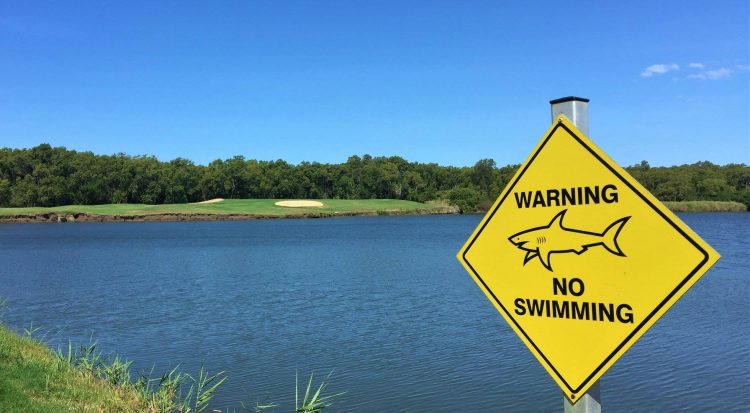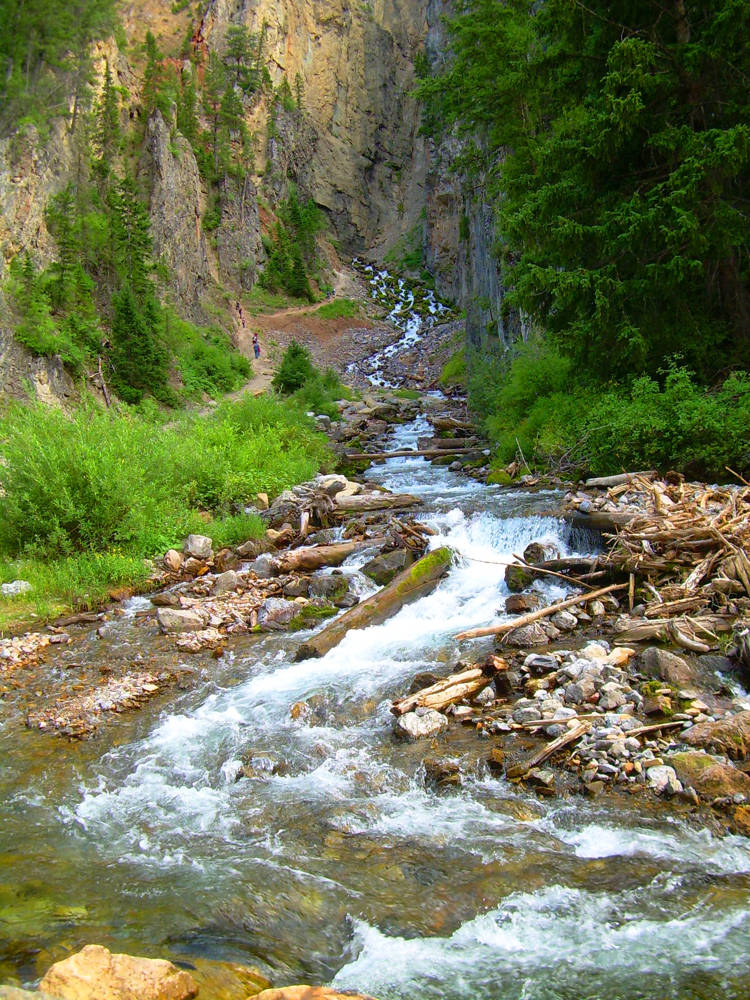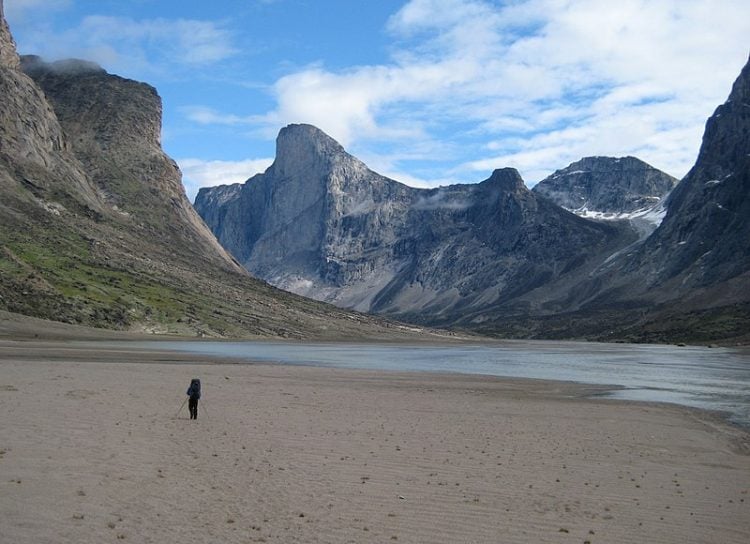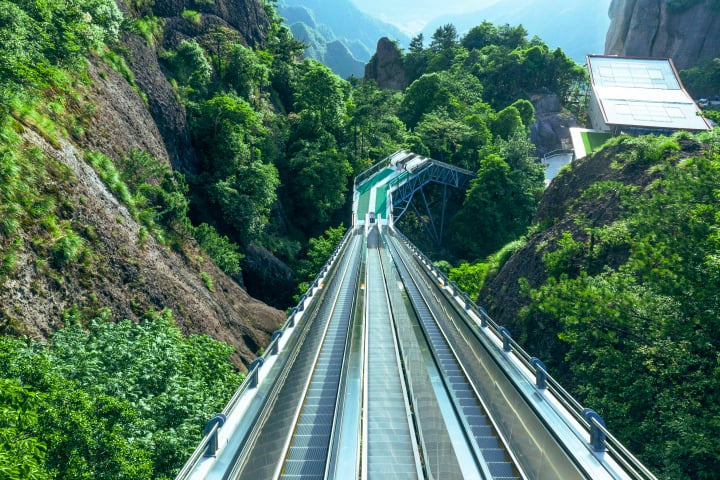Ever since 1975, a majestic monkeypod tree growing on the Hawaiian island of Oahu has been the symbol of electronics and technology giant Hitachi, making it one of the most beloved corporate symbols of Japan.
The so-called “Hitachi Tree” is one of the several monkeypod trees growing in the privately-owned Moanalua Gardens, once the childhood home of King Kamehameha the IV, but it gets by far the most attention from tourists, with staff members claiming that around 1,000 people visit it every day. Most of them are Japanese, and there’s a good explanation for that. The tree has been used as a symbol by the Hitachi Corporation for nearly five decades, and millions of Japanese grew up seeing its beautiful crown on TV every day and humming its very own catchy jingle.





















